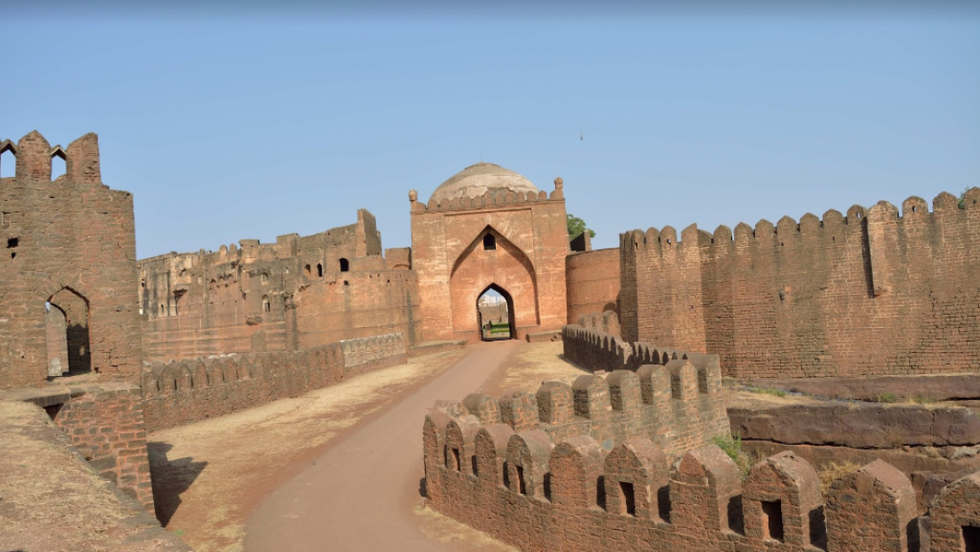
About Bidar Fort:
About Bahmani Kingdom:
Researchers have found a new species ...
Archaeologists have uncovered a 4,000...
Recently, an 11-member expert committ...
Recently, A 16-month-old child with s...
Recently, the Waqf Board identified 1...
Recently, Rajasthan’s Chief Wildlife ...
Recently, the third edition of the hi...
Recently, the Indian Rare Earths Limi...
The Mahakumbh Mela is scheduled to ta...
Recently, the Union Cabinet approved ...